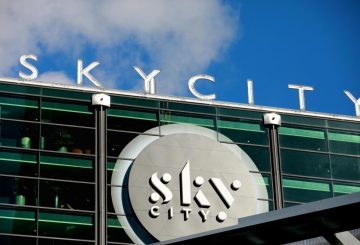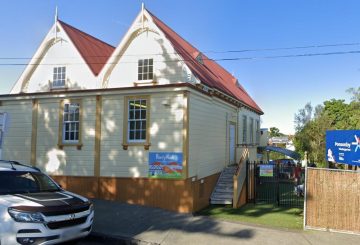와카 코타히 (Waka Kotahi) – 뉴질랜드 교통국 (Transport Agency) 은 화카타네와 아와케리 사이의 30번 주 고속도로를 뉴질랜드에서 가장 위험한 도로 중 1% 에 포함시킬 것인지에 대해서는 의문이 남는다.
Waka Kotahi가 이번 달에 발행한 정보 시트에는 “30번 주 고속도로의 이 구간은 고위험 시골 도로로 확인되었습니다.” 라고 나와 있습니다.
2016년에서 2020년 사이에 이 SH30 구간에서 2명이 사망하고 16명이 중상을 입었습니다. 이 중 대부분은 정면 주행, 오프로드 및 속도와 관련된 것이었습니다.
와카 코타히 (Waka Kōtahi) 는 올해 중반에 발표할 것으로 예상되는 한 가지 검토의 일환으로 제한 속도를 80km/h로 낮추거나 일부 지역에서는 더 낮출 계획입니다.
3월 13일 크리스 힙킨스 (Chris Hipkins) 총리의 발표에 따르면 정부는 속도 감소의 초점을 가장 위험한 1% 도로로 좁힐 것이라고 언급했습니다.
와카 코타히 (Waka Kotahi) 는 이번 발표가 30번 주 고속도로 속도에 대한 현재 검토나 화카타네와 아와케리 사이의 계획된 안전 개선에 영향을 미치지 않을 것이라고 비컨에 말했다.
그는 Waka Kōtahi의 계획에 대해 우려하는 대중에게 커뮤니티 오픈 데이에 참석하여 고속도로 계획자와 직접 대화할 것을 촉구했습니다.
와카 코타히가 제안한 안전 개선 사항에는 와카타네와 아와케리 사이의 30번 주 고속도로를 따라 와이어 중앙분리대를 설치하고, 손튼 로드, 테 라후 로드, 화이트 파인 부시 로드와의 교차로에 로터리를 설치하는 것이 포함됩니다.
커뮤니티 오픈 데이:
3월 30일 목요일 오전 11시 30분부터 오후 2시까지, 오후 3시부터 6시까지 아와케리 이벤트 센터에서 열립니다.
크레딧: sunlive.co.nz






























































